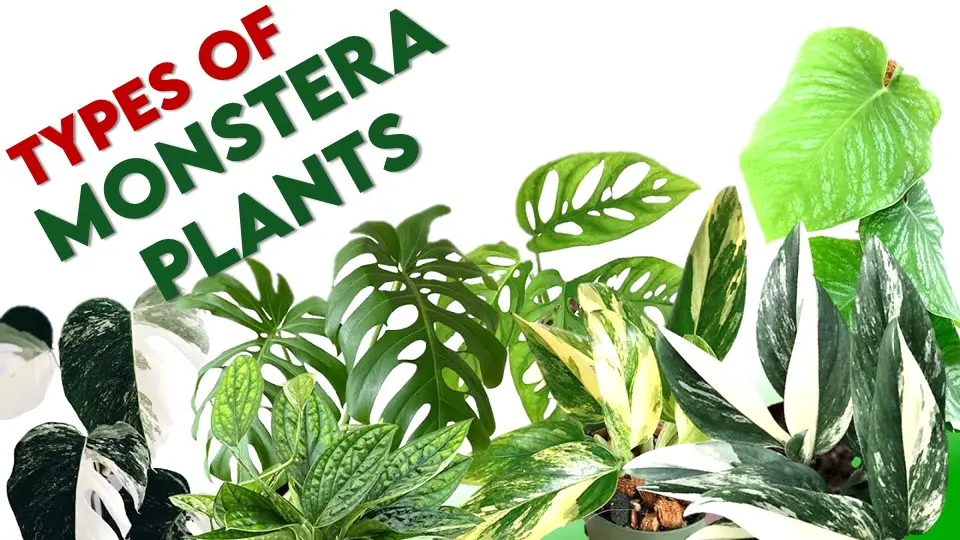Top 15 Types of Monstera Plants You Should Know About.
Do you like to decorate your house with large-leaved plants? If yes, Then you are at the right place.
Monstera is among the most trendy indoor foliage plants. The fenestrations on its leaves give it a remarkable shape and bring a chi of tropical rainforests to your home. This dramatic beauty has been popular among humans since the 1970s. Hence, more than 60 types of Monstera Plants have been domesticated by now.
Most of these species can be differentiated based on fenestration patterns on their leaves. In the wild, these fenestrations help Monstera to adapt well to aberrant weather conditions, and its fruit, which is also known as ‘ Swiss cheese fruit’, has nutritional qualities and is tastier than many of our regular fruits in the market.
Monstera is native to South and Central America and needs partial shade for its growth. In Mexico, It is known to be a symbol of prosperity and good luck. It proves to be true as, if taken care of properly, It can prosper your home for many decades and keep functioning as an air purifier and releasing positive energy in areas wherever they are kept. Even if you are a novice gardener, Monstera is an excellent plant to start with. Be careful, if you have pets and children at home, as all species of monstera are toxic on ingestion.
ALSO READ: 15 Types of Holly Bushes to Enhance the Beauty of Your Garden
Types of Monstera Plants
Although there exist so many species of monstera, one can only get a handful of them. So, here we will go through the top 15 types of Monstera plants that have been ascertained to be aesthetically good for houses and available at local nurseries.
1. Monstera deliciosa
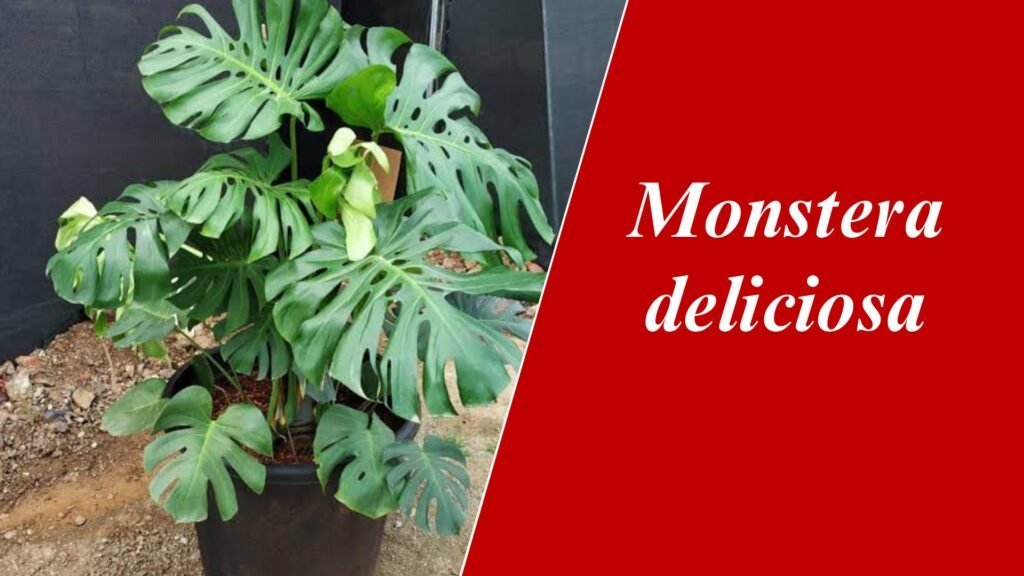
This one should be on the top of the list, as it is the most common species around the world which is to propagate and have well-defined dark green leaves with wide fenestration from the end of lamina reaching towards the midrib. A mature individual leaf of this plant can reach up to three feet. While planted indoors in a pot, it might need support from trellis and if grown in open gardens, the creamy flowers of this plant may attract wildlife and bear sweet fruits. It can reach a maximum height of 10-12 feet.
2. Monstera adansonii
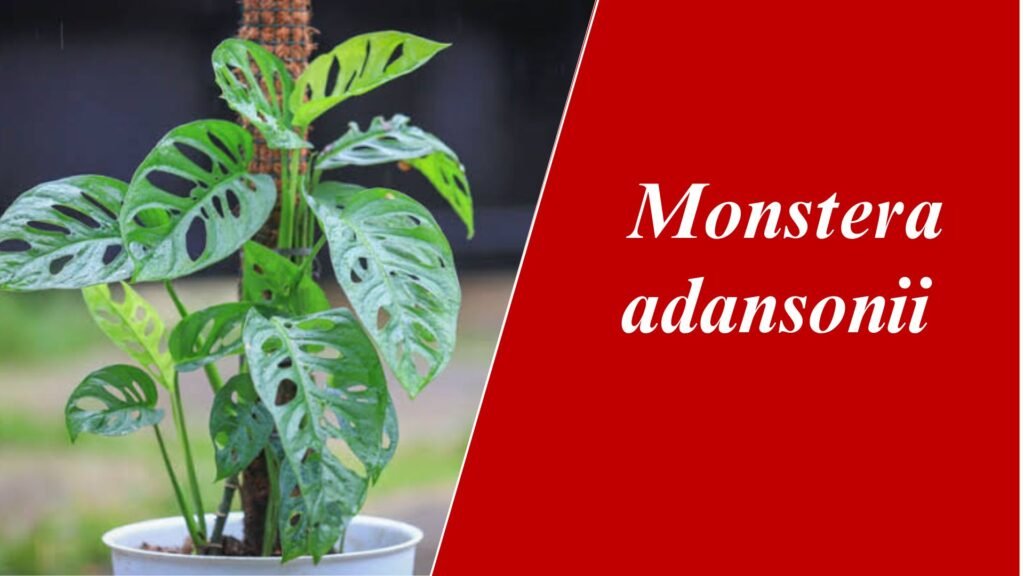
In terms of popularity, M.Adansonii goes in parallel with the deliciosa. It is also popular with the name,’ Swiss cheese’ or ‘monkey mask’ plant. Unlike deliciosa, Adansonii leaves can be differentiated in early stages through its oval-shaped fenestration and slightly lighter colour. It can go well in places with less space as it reaches a maximum height of 8 feet and its leaves are smaller too. In Addition to that, M. Adansonii has a fast-growing habit.
3. Monstera siltepecana
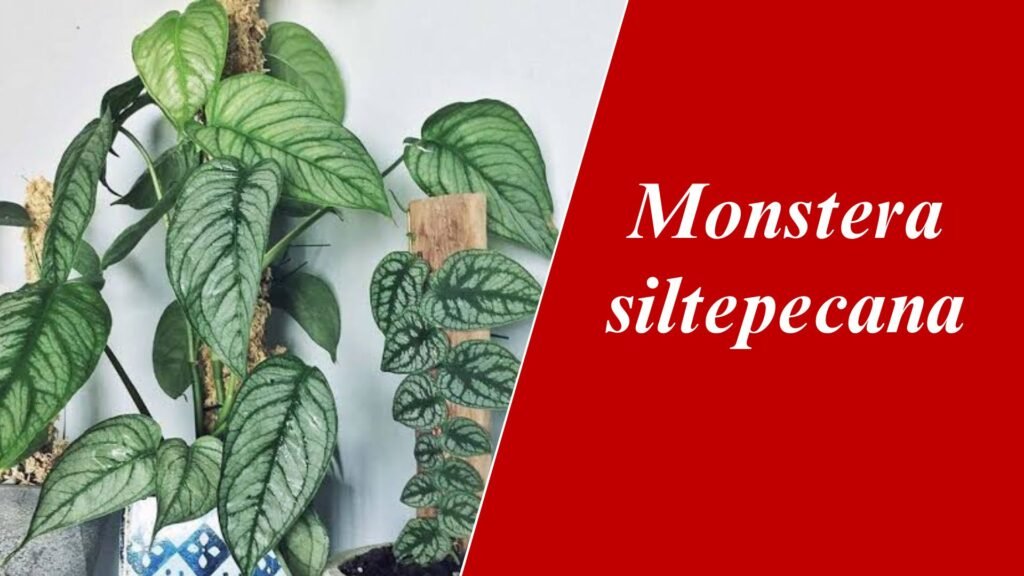
This Monstera has invisible fenestration. Except for the size, the pattern and colour of the leaves are similar to that of a silver plant. Finely spread whitish pattern on leaves makes it unique among other species, it gives a metallic lustre to the plant. If you are into climbing-type plants, then this species of monstera is made for you. The plant height depends on how it is allowed to spread but the leaves are comparatively smaller than the other Monsteras.
4. Monstera obliqua
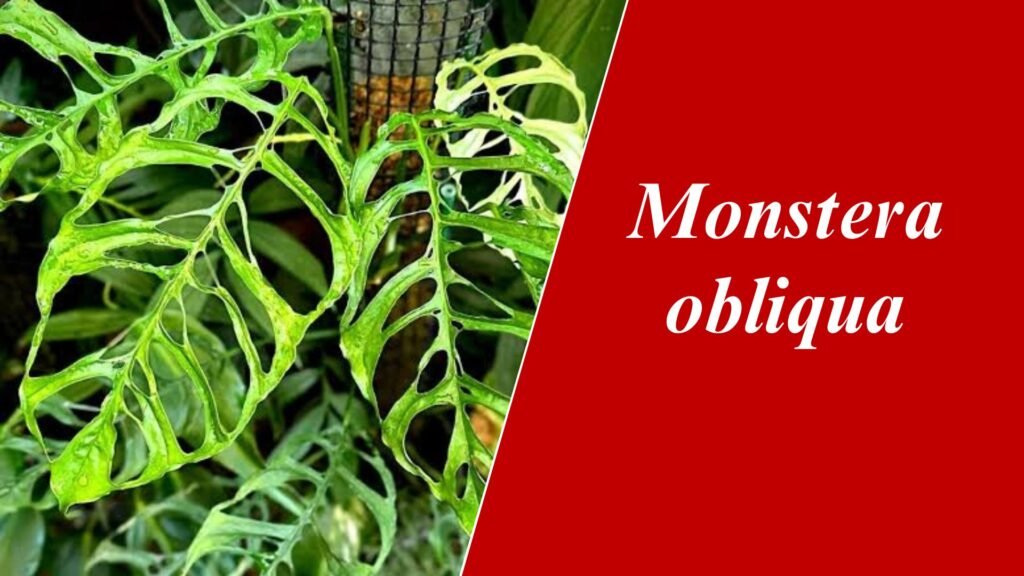
Now, this species is one of the elite, it is expensive and rarely found in local nurseries. But in terms of appearance, it is one unique plant. It looks like a burned polyethene sheet in green colour, there is little area along the veins and huge fenestrations. Take this plant only when you are a collector of such exotic species because someone might confuse it with an insect-damaged plant. M. Obliqua is a slow-growing, short-heighted plant, so be a little patient to see the final show.
5. Monstera lechleriana
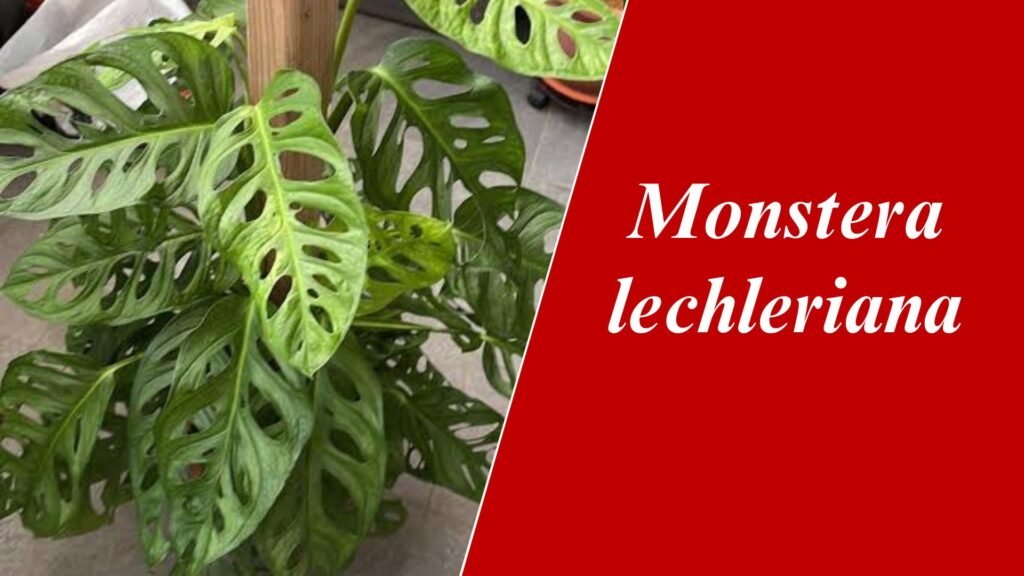
This is also one of the giants. Its leaves are shaped more like a banana leaf, but the fenestration and colour of the leaves make it a piece of attention. It is a lighter green with a medium-growing habit. It is the hardest of all and grows up to eight feet. The fenestration on its leaves is located at the centre and not on the side of the lamina.
6. Monstera pinnatipartita
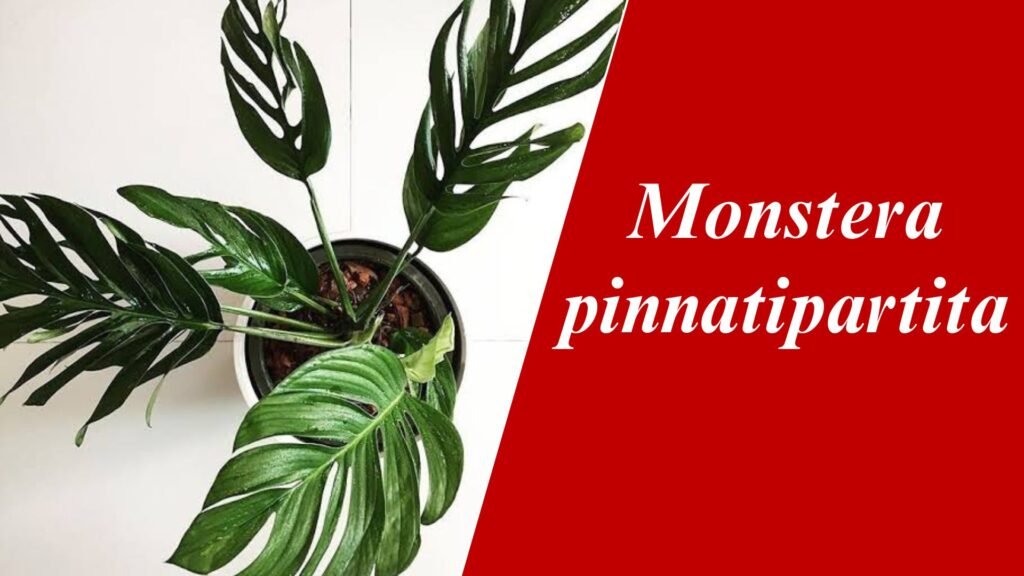
It is also one of the commonly found monsteras. You may find these in wild forests and near water resources. As the name suggests, the leaves are pinnately compound-type leaves rather than actual fenestrations or feather-like leaves. It has large, shiny, dark green leaves, with extreme climbing habits. It can climb upon the trees or on a trellis to beautify it more. It can grow up to six feet indoors in partial shade conditions.
7. Monstera dubia
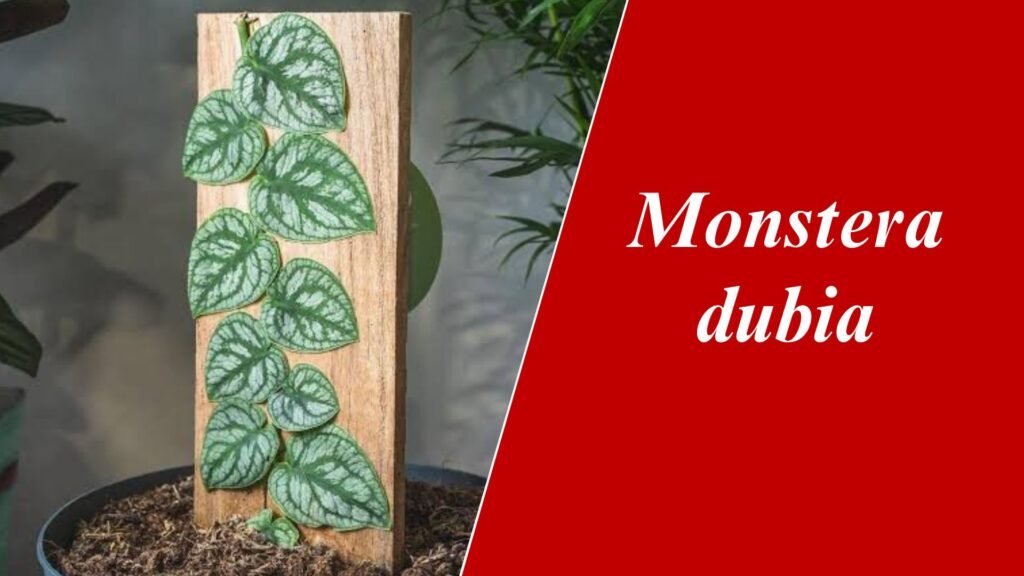
M. dubia is also known as the Shingle plant. It is among the rare species of monstera with a vining nature. It has no fenestrations and looks nothing like our regular monsteras. But the leaves of this plant have white and green patterns on its leaves which are about ten to fifteen centimetres in length. It is an absolute beauty on a trellis or sphagnum stick, which can also provide enough moisture to the plant. You can propagate M. dubia through stem cuttings. Its height could reach up to three feet.
8. Monstera deliciosa ‘Thai Constellation’
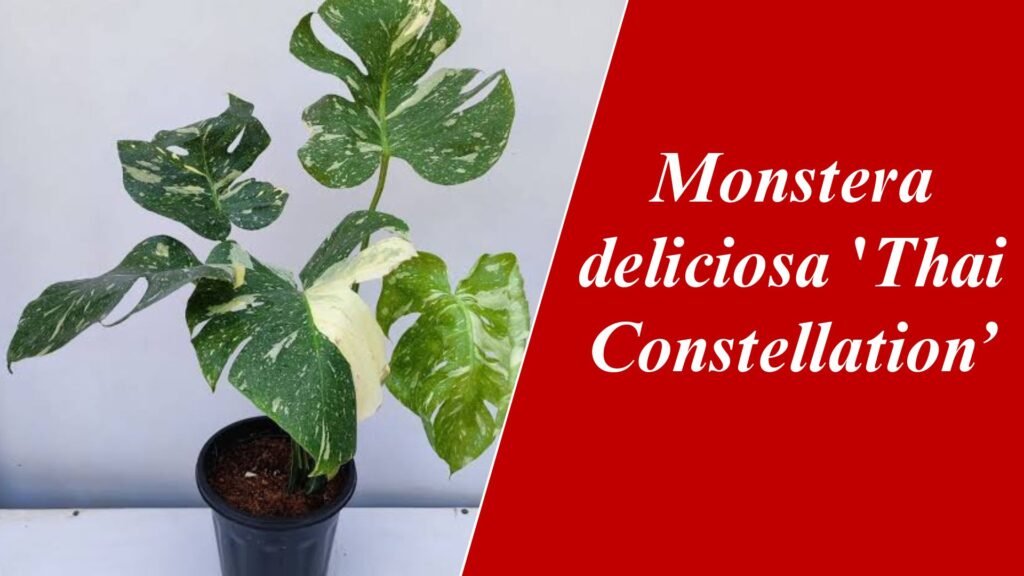
If the Monstera species is known for its drama, then the Thai Constellation should be the queen of this drama. The splotchy creamy white and yellowish pattern on the leaves of this plant is exquisite. This plant is obtained by highly sought lab culture and variegation on its leaves is the prominent feature of this plant. It is widely available and costs more than the other monsteras. It can grow up to eight feet.
9. Monstera peru
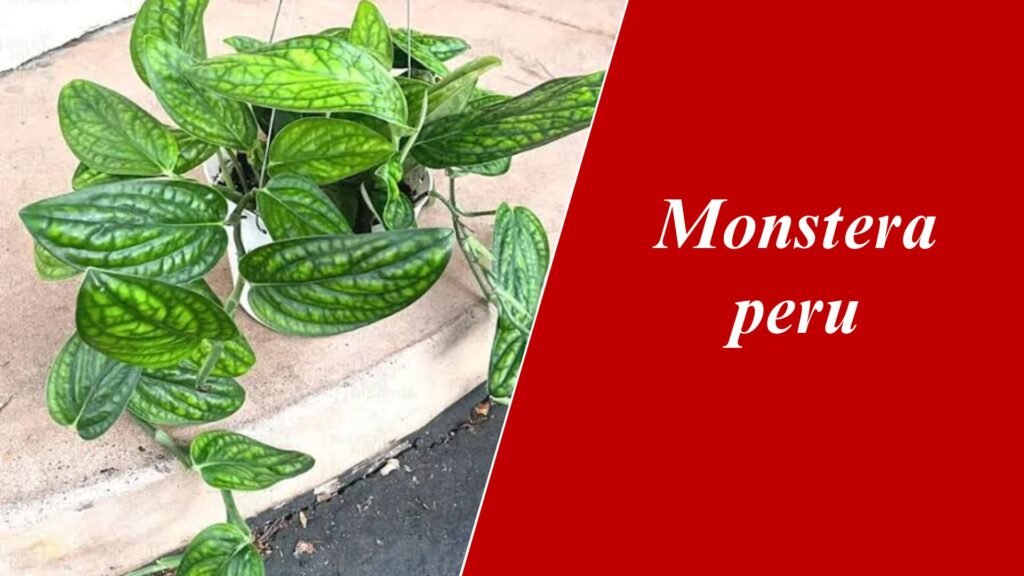
M. peru is quite similar to M. dubia in terms of leaf shape and vining nature, but the variegation on its leaves with leathery thickness makes it different. It won’t bear fenestration and pretty much look like a variegated money plant. Its leaves are smaller and the variegation on each leaf is different than the other. It can grow up to six to eight feet. The vining nature of such monsteras can be exploited for Bioaesthetic planning and forest beautification by letting them climb over dead trees or palms or railings.
10. Mini Monstera(Rhaphidophora Tetrasperma)
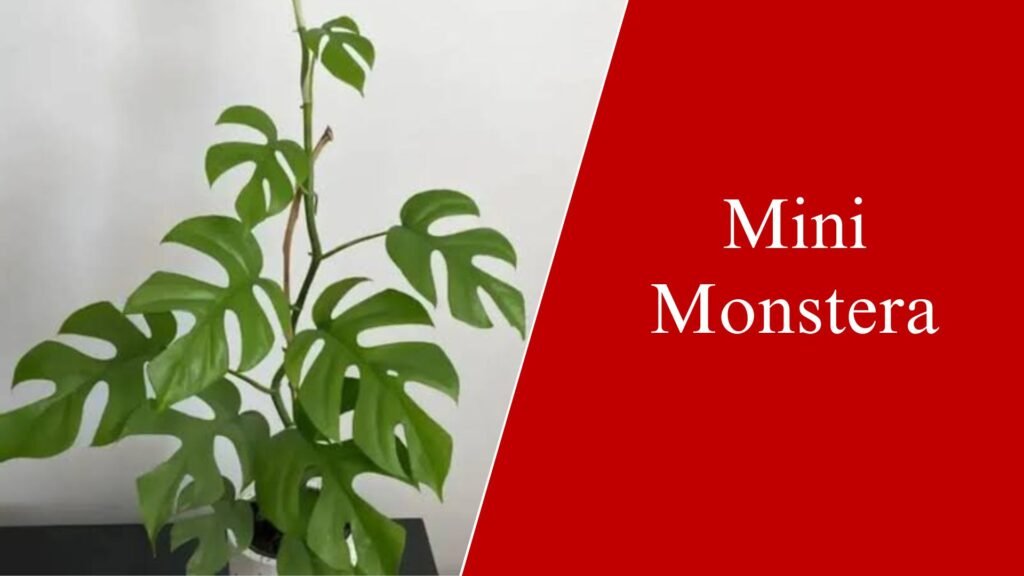
Let’s be clear about the fact that Mini Monstera belongs to a completely different genus(Rhaphidophora). But its appearance and fenestration or overall appearance of the plant except for its size deceives people to think that it is the actual monstera species. The major difference between these two is that Mini Monstera bears fenestrations from its early stages of growth and remains small in size throughout its life. On the other hand, Monsteras show fenestrations on maturation and are much bigger.
Mini monstera is an excellent plant for closed spaces and table decorations. It could also be used in hanging baskets or its vining nature can also be utilised as it grows to about six to eight feet tall.
ALSO READ: How to Propagate Mini Monstera
11. Monstera standleyana
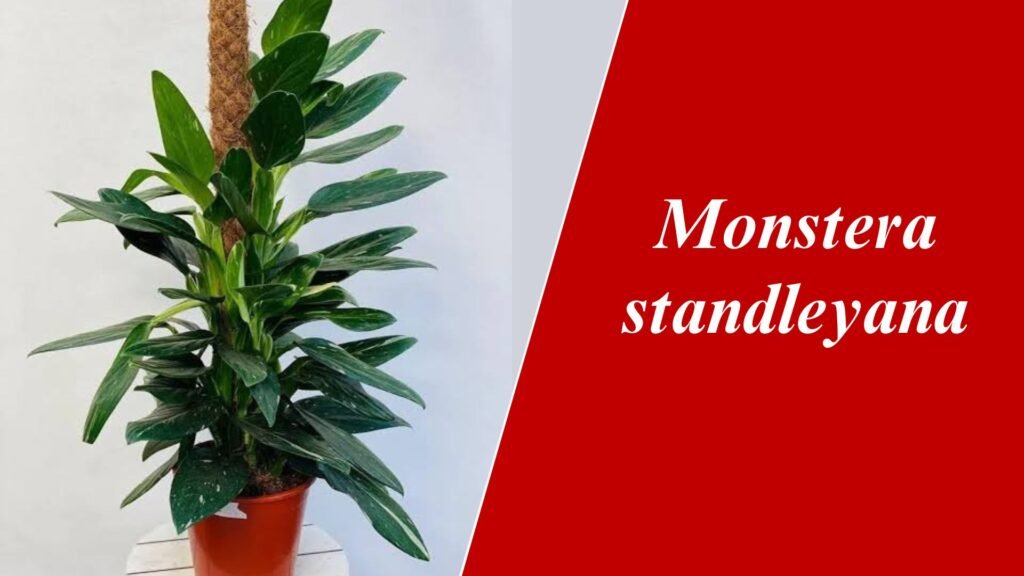
M. standeleyana is the most unpredictable of all. It may or may not bear fenestration, it may have variegated colour on leaves in blotches, strips, speckles in yellow, creamish or white colour. It has unpredictable foliage colouration and a pattern with small leaves. It is also known as ‘The five-hole plants’. In addition, it is one of the smallest species of monstera which can only grow up to five feet in indoor conditions.
12. Monstera aurea
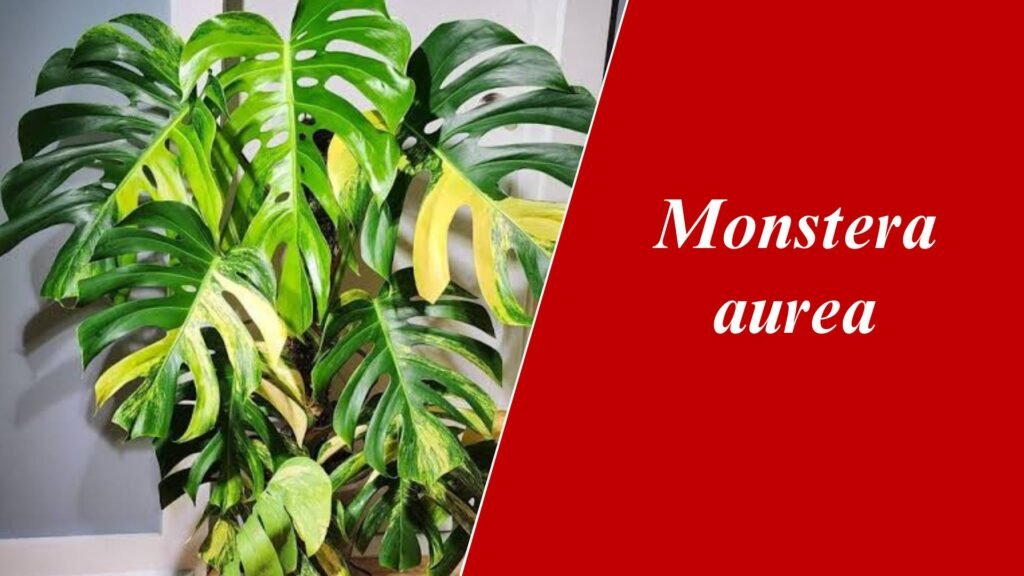
It is one of the cultivars of M. deliciosa, which has solid dark green-coloured leaves. M. aurea has unique bright lemon-yellow variegated leaves. That is why it is also called, ‘Lemon and Lime-Colored Swiss Cheese Plant’. It is the same size as that of the M. deliciosa, but half of the leaf, right from the midrib, is lighter in colour than the other half. This plant is eye-catching and available in many parts of the world.
13. Monstera borsigiana
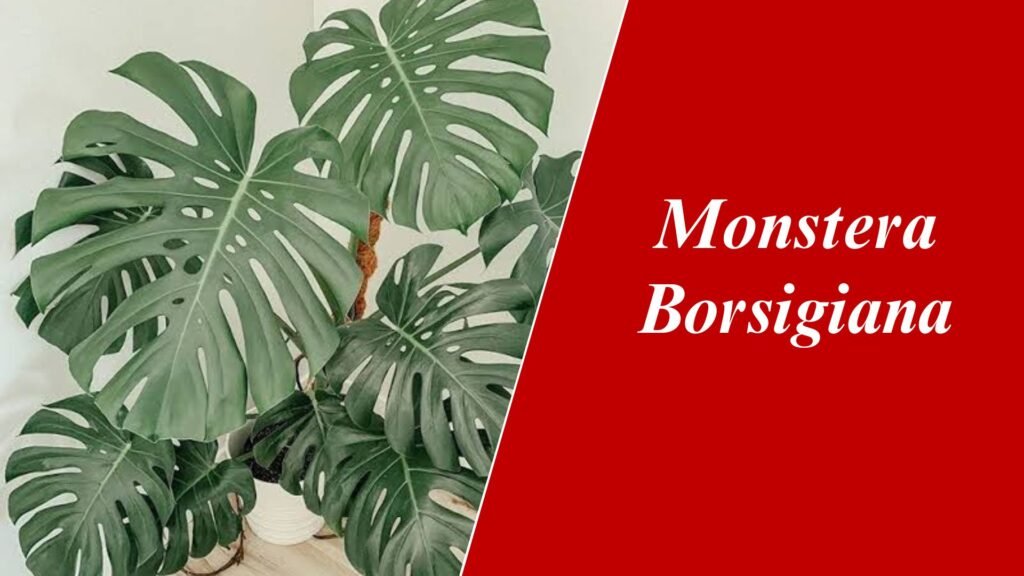
If you want a plant exactly in the shape of M. deliciosa for smaller spaces, then M. borsigiana is the best option. It is another cultivar of M. deliciosa with smaller leaves and other indistinguishable morphological characters. It survives best in partial shade and grows only up to three to five feet.
14. Monstera albo
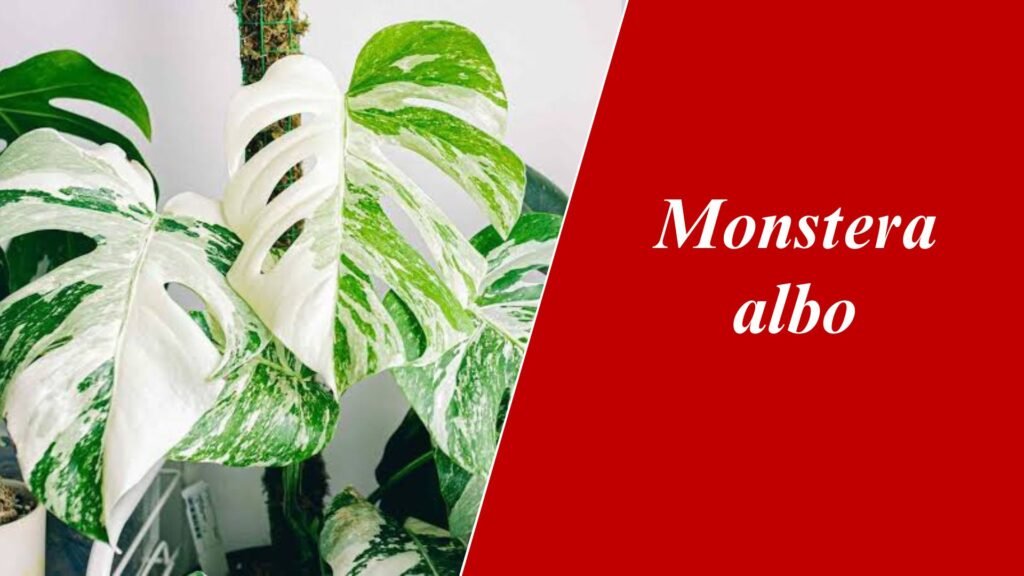
Professional gardeners all over the world love this plant as it is rare and one of the most expensive house plants. It has incredible white-coloured variegated leaves with fine fenestrations The rarity of this plant is due to its development after a lot of sorting done by the gardeners or collectors. This one can be identified with the presence of completely white leaves or plants with more white than green. It spreads vigorously up to ten feet. But, as most plants have white leaves, which means less chlorophyll, the plant may need some extra care.
15. Monstera esqueleto
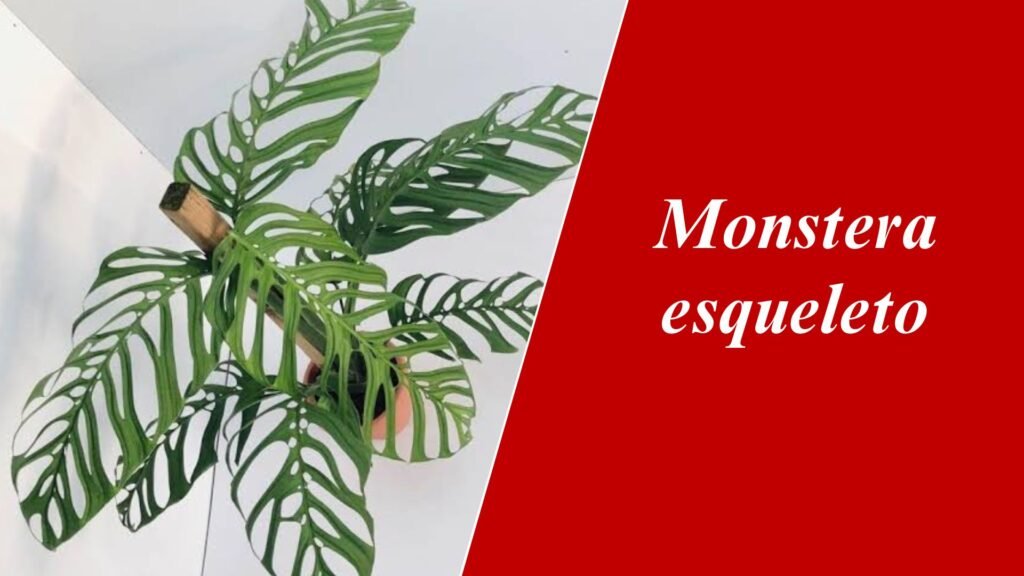
It is the bigger version of M.adansonii with huge leaves. It can grow up to twelve inches. Its leaves are pointed with similar fenestrations with no spreading habit. It bears fenestrations from early stages.
Conclusion
A place becomes healthy when plants take up some space in it. And it depends on the artistic brain of the person who introduces them to the place. Plants are no less than pets, as their matured form depends upon their genes, but their growth and function depend only on how you treat and train them. From the pool of types of monstera plants, here are a few suitable ones for your home. These are different from each other in terms of fenestrations, leaf size, vining and non-vining habits, height, colour and variegation.
Are you still confused about which one to choose? Then remember that, despite being a monstera species, some of these don’t look like ideal monsters at all. But it is well known that the plant is valued based on its farness from its commonness. The plant will flourish in the same way you’ll idolise them, so be positive with the plant you are gonna take in and treat them with care.

